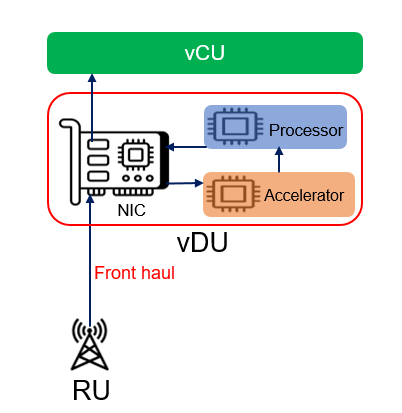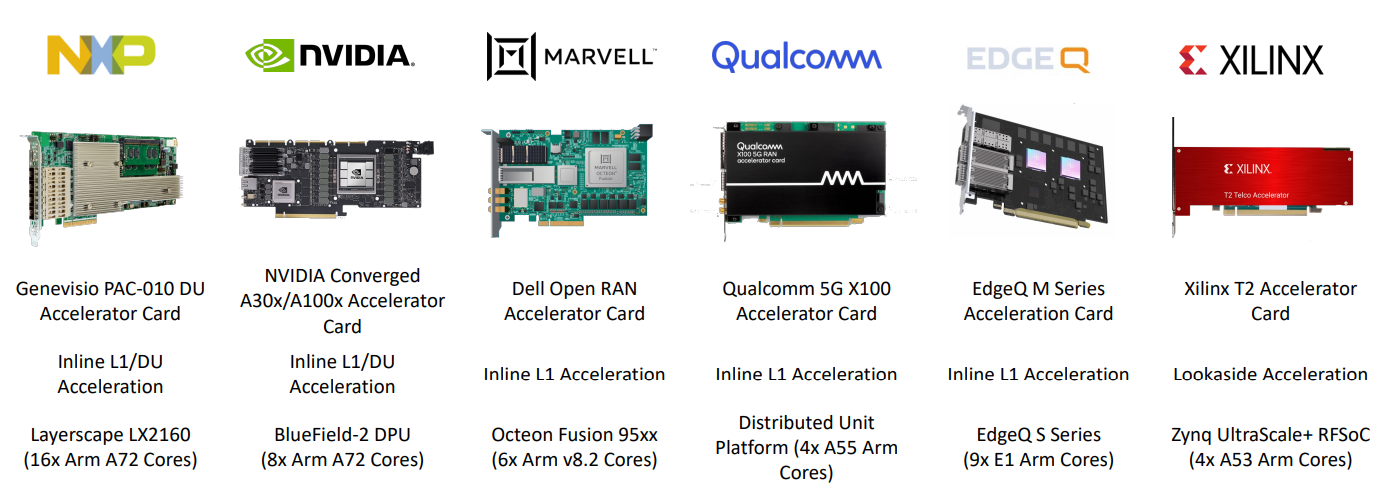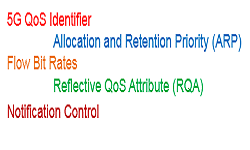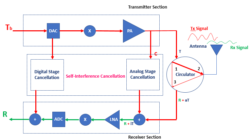What is Layer 1 Accelerator card – L1 offloading
Introduction
An L1 Accelerator card, also known as a Layer 1 accelerator card, is a specialized hardware component designed to improve the performance of the physical layer of 5G wireless networks.
The L1 Accelerator card is typically used in 5G base stations to offload some tasks requires intensive computational processing and significant amount of power for data transmission at the physical layer e.g. channel estimation, equalization, and decoding.
By offloading these tasks to a dedicated hardware accelerator, the L1 can help to improve the speed and efficiency of data transmission at the physical layer. Additionally, the use of an L1 Accelerator card can help to reduce the power consumption of the 5G base station, which can be an important consideration for energy efficiency.
L1 accelerator cards typically use dedicated hardware components, such as FPGAs or ASICs, to perform the signal processing tasks required at the physical layer. This hardware acceleration can significantly improve the processing speed and efficiency of the network, to achieve higher data transmission rates, low latency, and better reliability.
Requirement for L1 Accelerator Card
- Solution needs to scalable
- Support various deployment scenarios
- Cost effective across varying deployment and customer scenarios
- Matched CPU and acceleration capability
- Not constrained by PCIE BandWidth
- Not constrained by thermal requirements
- Energy efficient
Types of L1 Acceleration
At high level we can classify L1 Acceleration into following three category
- Hardware Acceleration
- Inline acceleration
- Look-aside acceleration
- Software Acceleration
Inline acceleration
In the Inline acceleration also know as Full Layer 1 acceleration. In this type of acceleration card, a part of Layer 1 or the entire Layer 1 functionality can be offloaded to the accelerator. It potentially allowing for a less data heavy interface between the processor and the accelerator.

This type acceleration solutions can be a mix of programmable and with the “hard” blocks depending on there is a trade-off between flexibility and efficiency can be decided.
For higher bandwidth vRAN applications, full L1 processing offload may be required. In this case, an inline hardware accelerator is likely to deliver the best results with the lowest latency and minimum cores required.
Look-aside acceleration
Look-aside Acceleration also know as Selected Function Hardware Acceleration also. In this type acceleration card, only selected functions are sent to the accelerator, and then back to the CPU as shown in below figure. The Processor and Accelerator Card Integrated in this type.

The accelerator allow processor to use its cycles to process other useful task while the accelerator is working on selected function. Once processor receives the processed data from accelerator it can switch the original process context and continue the pipeline execution until next function to be accelerated comes up.
Selected Function aka Look-aside accelerator requires well defined APIs to enable ecosystem adaptation. To minimize data transfer from accelerator to processor, they can be integrated.
Available L1 acceleration Card
There are many company like Qualcomm, Marvell and Xilinx etc. who are developing the L1 acceleration cards. These includes Inline and Lookaside acceleration.
Some of the famous Inline and Lookaside acceleration cards are shown in following picture.

Author

Related Posts
- O-RU Digital Front Solution (DFE) Solution from Xilinx
- Qualcomm X100 5G RAN Accelerator Card Great Features
References



